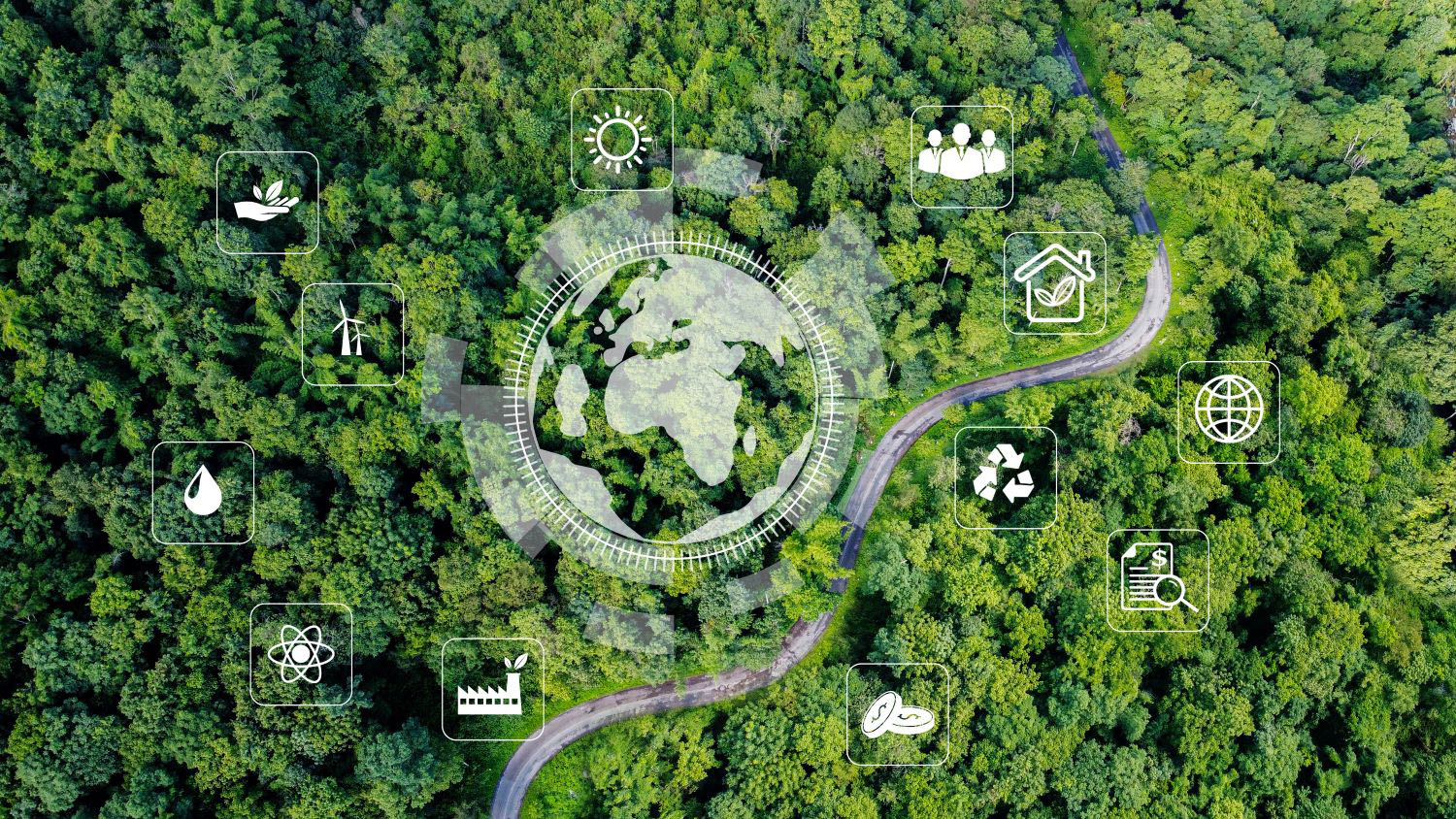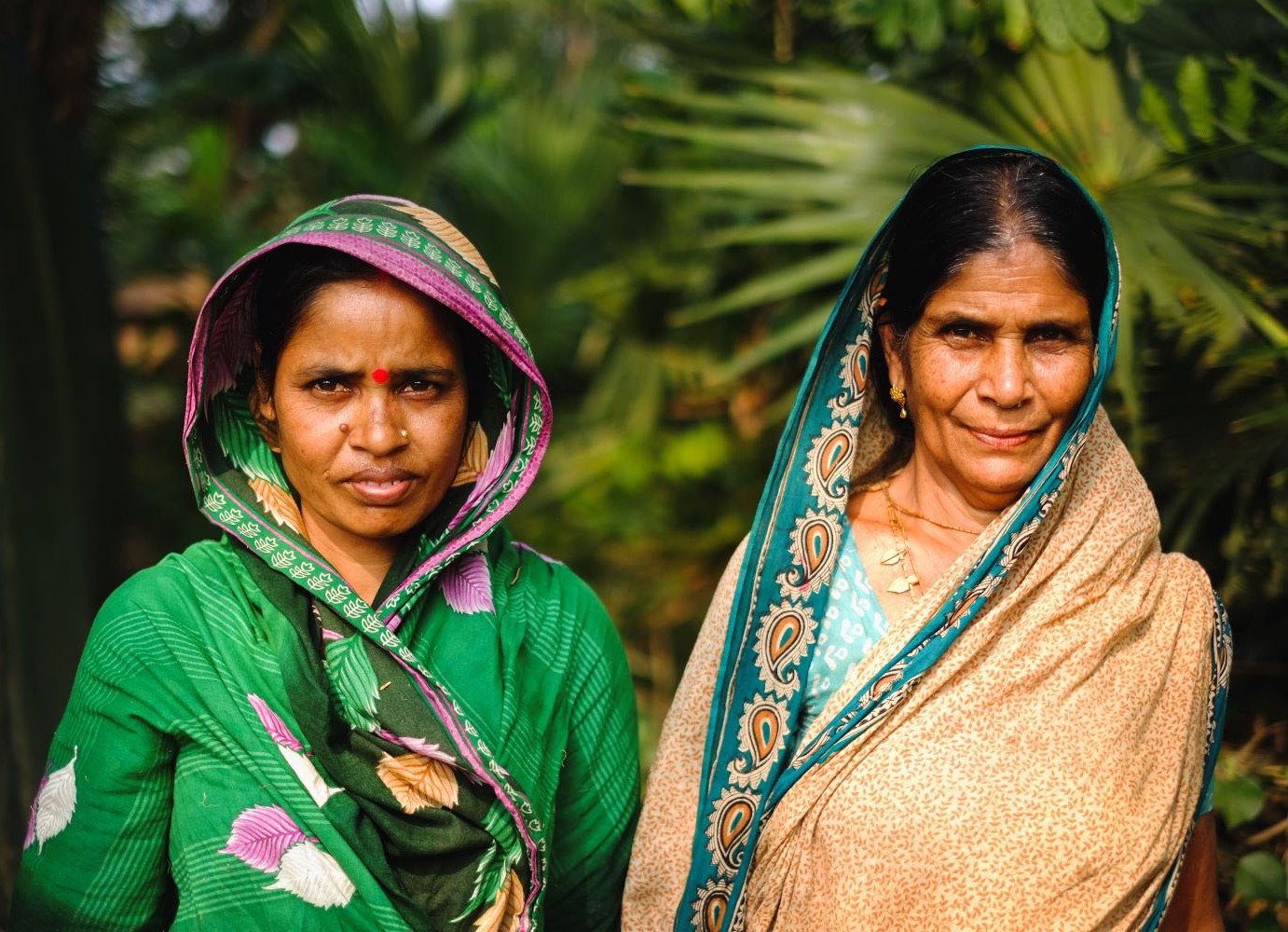In two weeks, a teeming mass of world leaders is going to descend on New York to sign up to the Sustainable Development Goals. Among the targets to be met by 2030 are global universal access to water, sanitation, reliable modern energy, and communications technologies. Back-of-the-envelope calculations suggest that meeting these infrastructure targets would involve a trillion or more dollars in additional infrastructure investment in developing countries every year.
That begs the question: where is the money going to come from? When the world’s finance ministers and aid officials met in Addis Ababa a few months ago to discuss financing the SDGs, they suggested a big role for private investment, leveraged by international support from aid through guarantees. Is this plausible, especially in the countries that need it most? At the moment, investment in infrastructure with private involvement runs at about $180 billion a year to developing countries — less than one-fifth the additional investment needed to meet the SDGs. And poorer countries and regions such as sub-Saharan Africa get a small percentage of that.
Last week, CGD hosted a panel (follow the link for video) to discuss these issues. My conclusion from the event was that money isn’t the big problem when it comes to a considerable scale-up of private investment. To put it another way: if governments can work with international organizations and the private sector to put together bankable deals, the financing will come.
The panel speakers were a balance of private and donor actors: Marianne Fay, chief economist for the sustainable development vice presidency at the World Bank; Jay Ireland, Africa CEO for General Electric; Elizabeth Littlefield, president and CEO of the Overseas Private Investment Corporation; and Tam Nguyen, global head of sustainability for the Bechtel Corporation. It was a group that had a lot to say about the limits to private investment, but also the considerably greater role it could play.
Fay put it bluntly: “The private sector is only willing to come in when it is going to make money.” That is going to limit the sectors and the infrastructure deals that will be of interest. Littlefield suggested local roads were unlikely ever to attract private finance but other parts of infrastructure could — with the right agreements. She pointed to OPIC’s ten important features of a bankable power purchase agreement, which is first and foremost about ensuring investors get an adequate and predictable revenue stream from their power investments. Ireland suggested something similar: “Generation is the easiest thing to finance” he said, but only “if you have all of the other stuff,” including fuel access, transmission and distribution capacity, and reliable customers to purchase the energy.
It is the “other stuff” that makes deals complex, and that is why the problem at the moment is “too much money chasing too few projects — good, bankable projects,” argued Fay. Pricing is a particular problem: Ireland warned that subsidizing power “chews up the government’s balance sheet.” At the same time, Littlefield noted that now is a great time for pricing reform in electricity in particular because of the very low global price of fossil fuels.
Getting to a solid pipeline of projects would involve a combination of upstream work on pricing and regulation but also feasibility studies and preparatory work. That is what the World Bank’s Global Infrastructure Facility was designed to support, noted Fay. Nguyen mentioned Gabon’s National Infrastructure Project, designed and implemented with the support of Bechtel, which included support to the government to better manage infrastructure projects.
When it came to the role of donors, panelists once again looked beyond the money, with Nguyen suggesting donors’ most important roles were their convening power, their status as neutral parties, and their ability to catalyze funding. Fay agreed; even were development banks to double their infrastructure lending, “it’s peanuts” compared to needs. International financial organizations and development finance institutions should focus on growing the pipeline of bankable projects, developing alternate sources of finance like local capital markets, and leveraging through tools including guarantees that cover sovereign risk to infrastructure projects. Ireland added that some investors need to better understand that “if you get guarantees, the private sector shouldn’t be asking for a 23 percent rate of return.”
The panel also discussed constraints to World Bank and OPIC support for infrastructure, including, in particular, opposition to fossil fuel and large dam projects from Western stakeholder groups. Littlefield and Fay both suggested there were obstacles, though both noted that hadn’t stopped them playing some role. And Ireland warned that if developing-country governments “can’t do it with this crowd, they’ll go somewhere else.” As it happened, the day after the panel, Kenya signed a deal with China about training and technical support for a nuclear power plant to be built in the country by 2025.
With a growing number of development partners to work with and greater private-sector interest in emerging infrastructure markets, the future could be bright for private infrastructure investment in regions including South Asia and sub-Saharan Africa. But if the deals are to be financially and environmentally sustainable as well as successful for development, getting prices and project preparation right is key.
Disclaimer
CGD blog posts reflect the views of the authors, drawing on prior research and experience in their areas of expertise. CGD is a nonpartisan, independent organization and does not take institutional positions.





